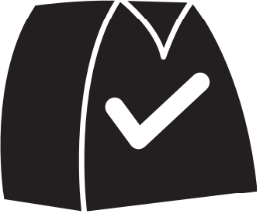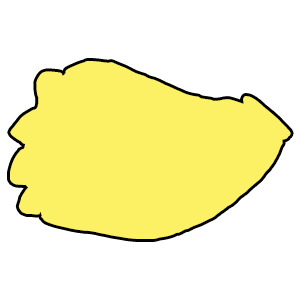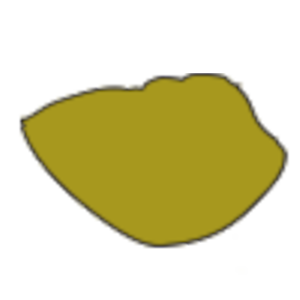Law of Root
English
 ).)
).)
 (M.3.4 - Costal Forests.)
(M.3.4 - Costal Forests.)
 (2.1 - Cards)
(3.3.3 - Using Dominance Cards.)
(2.1 - Cards)
(3.3.3 - Using Dominance Cards.)
 (2.1 - Cards)
(2.1 - Cards)
 ,
, ,
, , etc.) that is not owned by any faction.
, etc.) that is not owned by any faction.